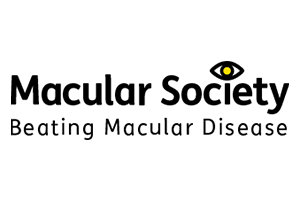Age-related macular degeneration (AMD) is a deterioration of the retina that provides our central vision. There are 3 types of macular degeneration: dry-age related macular degeneration (dry AMD), wet age-related macular degeneration (wet AMD), and geographic atrophy (GA). When macular degeneration progresses, it can convert to the wet form or geographic atrophy can develop.
Dry Age-Related Macular Degeneration (Dry AMD): the most mild and early form of macular degeneration; vision may not be affected.
Wet Age-Related Macular Degeneration (Wet AMD): occurs when disruption to the retinal blood vessels causes leaking of fluid under the macula, which is the central vision area. This fluid can lead to scarring and permanent decreased vision.2
Geographic Atrophy (GA): occurs when retinal tissue dies or atrophies as a result of damage from macular degeneration; considered late-stage dry macular degeneration.3
The major risk factors for AMD are:
- Smoking
- Eating food high in saturated fats
- Increased age
- Family history of AMD
- Hypertension (high blood pressure)
- Caucasian race1


